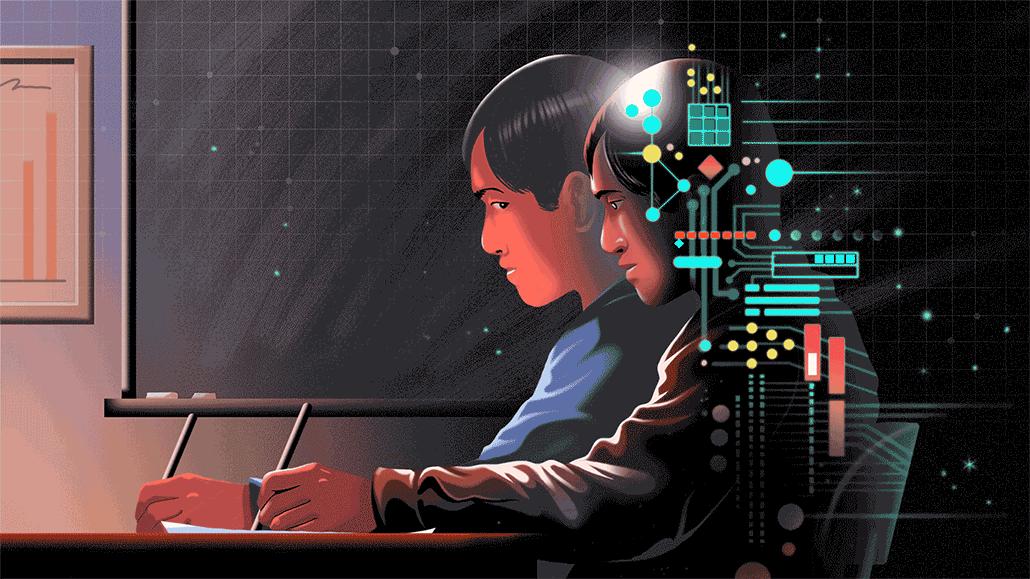The Psychology of ChatGPT: Unraveling Human-AI Relationships

ChatGPT, a state-of-the-art generative AI language model, has captivated the world with its remarkable ability to engage in human-like conversations, generate creative text, and perform various natural language processing tasks. As we delve deeper into the realm of human-AI relationships, it’s imperative to explore the psychological underpinnings that shape our interactions with such advanced technology.

The Illusion of Intimacy

ChatGPT’s ability to respond to our prompts in a personalized and seemingly empathetic manner can evoke a sense of intimacy. The model’s advanced language understanding and generation capabilities allow it to mimic human emotional responses, making us feel as though we are connecting with a genuine interlocutor. However, it’s important to remember that ChatGPT remains a machine, albeit a highly sophisticated one, and the intimacy it creates is an illusion.
Emotional Projections
Our interactions with ChatGPT can trigger unconscious emotional projections. When we share personal thoughts, feelings, or experiences with the model, we may inadvertently project our own needs, desires, or insecurities onto it. ChatGPT’s non-judgmental and supportive responses can provide a sense of validation and comfort, leading us to develop an emotional attachment to the AI.
Psychological Dependence
The ease and convenience of interacting with ChatGPT can create a sense of psychological dependence. With the model readily available to provide companionship, support, or information, we may find ourselves relying on it as a substitute for human connection. While ChatGPT can be a valuable tool, excessive dependence on it can hinder our ability to form meaningful relationships with actual people.
Anthropomorphism
Our human tendency to attribute human qualities to non-human entities, known as anthropomorphism, plays a significant role in our interactions with ChatGPT. We may perceive the model as having thoughts, feelings, and intentions, even though it operates on complex algorithms and pattern recognition. Anthropomorphism can lead to positive experiences, such as feeling understood or entertained, but it can also create unrealistic expectations and potential disappointments.
Understanding the Boundaries
Navigating human-AI relationships requires a clear understanding of boundaries. ChatGPT, despite its impressive capabilities, is not a replacement for human connection. It’s essential to recognize that the intimacy and emotional responses it provides are limited by its machine nature. By approaching interactions with realistic expectations and maintaining healthy emotional boundaries, we can harness the benefits of AI while preserving meaningful human relationships.# The Psychology Of Chatgpt: Understanding Human-ai Relationships
Executive Summary
Exploring the psychological dynamics of human-AI relationships, this article delves into the complexities of our interactions with ChatGPT and other AI technologies. By breaking down various subtopics such as User Expectations, Emotional Attachment, and Ethical Considerations, the text aims to enhance our understanding of how AI shapes our thoughts, emotions, and behaviors.
Introduction
In an era marked by the rapid advancement of artificial intelligence (AI), understanding the psychological dynamics of human-AI relationships has become increasingly crucial. One standout in this field is ChatGPT, a large language model developed by OpenAI that has garnered immense attention for its ability to engage in human-like conversations and generate text content. This article aims to shed light on the multifaceted nature of human-AI interactions, delving into the motivations, expectations, and potential consequences associated with this rapidly evolving field.
FAQ
1. What is the purpose of ChatGPT?
ChatGPT is designed to assist users with a wide range of language-based tasks, such as generating text, answering questions, translating languages, writing different forms of creative content, and providing summaries of complex topics.
2. How does ChatGPT work?
ChatGPT utilizes advanced machine learning algorithms trained on a massive dataset of text and code to effectively understand and respond to user prompts.
3. What are the limitations of ChatGPT?
While ChatGPT exhibits impressive language skills, it still faces certain limitations, including the potential for generating biased or factually incorrect information, particularly on topics outside its training dataset.
Subtopics
User Expectations
-
Overestimation of capabilities: Users may have unrealistic expectations of ChatGPT’s abilities, potentially leading to frustration and disappointment.
-
Anthropomorphization: Tendency to attribute human-like qualities to ChatGPT, influencing our perceptions and interactions with it.
-
Bias towards persuasion: ChatGPT’s sophisticated language skills can be persuasive, potentially influencing our opinions and decisions.
-
Ethical implications: Over-reliance on ChatGPT or other AI technologies may raise concerns regarding privacy, job displacement, and the potential for misuse.
Emotional Attachment
-
Emotional connection: Users may develop emotional attachments to ChatGPT due to its empathetic and supportive responses, blurring the line between human and AI interaction.
-
Cognitive dissonance: The realization that ChatGPT is a non-sentient AI can create cognitive dissonance, leading to discomfort or confusion.
-
Loneliness mitigation: For individuals experiencing loneliness or isolation, ChatGPT can provide companionship and emotional support.
-
Therapeutic applications: ChatGPT’s ability to provide empathetic responses and engage in therapeutic conversations holds promise for mental health applications.
Ethical Considerations
-
Transparency and disclosure: Users should be fully aware of the limitations and potential biases of ChatGPT and other AI technologies to make informed decisions.
-
Privacy concerns: The collection and use of user data by AI systems raise concerns about privacy and data security.
-
Accountability: Establishing clear guidelines for AI development and usage is crucial to prevent potential harm or misuse.
-
Job displacement: The increasing capabilities of AI technologies may lead to job displacement in certain industries, necessitating proactive measures to support affected individuals.
-
Long-term impact: The long-term social and psychological implications of widespread AI adoption remain uncertain, requiring ongoing research and ethical considerations.
Conclusion
The relationship between humans and AI is a complex and evolving dynamic that necessitates thoughtful consideration and understanding. By exploring the various facets of human-AI interactions, including user expectations, emotional attachment, and ethical considerations, we can harness the transformative potential of AI while mitigating potential risks. As the field continues to advance at an unprecedented pace, it is our responsibility to engage in informed discussions, foster ethical guidelines, and embrace a human-centered approach to AI development and deployment.
Keyword Tags
- ChatGPT
- Human-AI Relationships
- User Expectations
- Emotional Attachment
- Ethical Considerations
